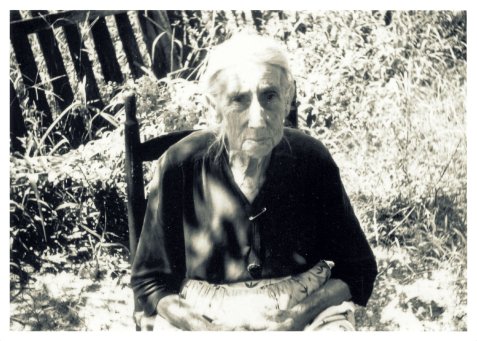Through the stock market crash of 1929 The Citizens Bank of Ray City remained in business , and the local ”boosters” remained optimistic. (see Bank of Ray City, GA through Optimism and Depression) The firm’s letterhead from 1928 shows George W. Varn was president; James H. “Jim” Swindle, Vice President; John D. Luke, Cashier; and J. W. Johnson, assistant cashier.
Nashville Herald November 21, 1929
As we understand it the Citizens Bank of Ray City is one of the strongest financial institutions in the county and its business is growing steadily as will be shown by the last financial statement as called for by the superintendent of state banks. It has total resources of over $150,000, and deposits of over $100,000 and shows that it has no notes and bills rediscounted. Berrien county is justly proud of its banking institutions and conservative business men do not hesitate to place the Citizens Bank of Ray City along with the head of list.
In fact, in July of 1930, the Atlanta Constitution had reported that the banks of Berrien County, including the Ray City bank were financially sound.
But by the end of December, the Citizens Bank of Ray City had failed.
MORE BANKS CLOSED IN SOUTHERN STATES
New York Times. Dec 21, 1930.
ATLANTA, Ga., Dec. 20 (AP) – A. B. Mobley, State Superintendent of Banks, announced today his department had been asked to take over the affairs of the Union Banking Company of Douglas, operating branches at Barxton and Nichols, the Toombs County Bank at Lyons and the Citizens Bank of Ray City. Cause of the closings was not stated.
In 1931, the Ray City Bank underwent reorganization. A series of Nashville Herald articles reported on the situation:
The Nashville Herald
January 29, 1931, front page,R.E. Dean in Charge of Ray City Bank
Mr. R.E. Dean who is in charge of the affairs of the closed Ray City bank is making satisfactory progress with his work. Optimism prevails in regard to the opening of the bank, for there can be no better location for a banking institution than Ray City, situated as it is in the heart of one of the finest farming sections in South Georgia, and the land tilled by experienced and reliable farmers who are good for their contracts.
The Nashville Herald
February 19, 1931, front page,Citizens Bank, Ray City Applies to Sell Assets
If Offer Is Accepted Depositors Will Receive 50 Per Cent Net.
According to an announcement of a hearing to be held before Judge W.R. Smith at the court house in this city Saturday, Feb. 21, an application will be made by the State Superintendent of Banks, A.B. Mobley, to sell the assets of the Citizens Bank of Ray City, which closed a short while before Christmas. It is understood that the depositors have recommended that the offer be accepted.
An extract from the notice reads as follows: “Notice is hereby given that the undersigned has received an offer for the purchase of the assets of The Citizens Bank of Ray City, by the terms of which officer the depositors of said Bank are to receive fifty per cent of their claims net, the preferred claims against said Bank being fully paid under the terms of said offer, in addition to the payment of the fifty per cent net to the depositors.”
The Herald was unable to learn whether or not the bank would be reopened for business.
The Nashville Herald
February 26, 1931, front page,Ray City Bank Opened Tuesday
As we go to press encouraging news reaches us, that while permanent arrangements has not yet been perfected for the opening of the bank there, yet tentative arrangements have and the bank has been doing business since Tuesday. This good news will increase the optimism, now prevailing in this section over the picking-up of business generally.
The Nashville Herald
March 12, 1931, front pageRay City Bank Pays Depositors 50 Per Cent
John D. Luke, Cashier of Old Bank In Charge of New Organization
The Ray City Banking Company has reopened for business under an agreement to pay the depositors 50 per cent cash for the amount of their deposits, and has been making these payments since last Thursday. It is understood that many of the depositors are leaving their money in the bank, which although a private institution is said to be doing a good business, and receiving large deposits.
The above arrangement was made possible through the efforts of Messrs. George W. Varn, A.D. Lee and Y.F. Carter, who put up the money with which to pay off the depositors. Mr. John D. Luke, cashier before the bank was closed, is again acting in this capacity.
The institution is known as the Citizens Banking Company, and serves one of the best communities in this section. The general prediction is that the institution will continue to prosper.
Article transcriptions provided in part by Skeeter Parker.
Related Posts:
- Ray City Prosperity Proclaimed Amid 1929 Stock Market Crash
- Bank of Ray City, GA through Optimism and Depression
- L.C. Swindle Faces Bank Robber at Ray City – February 28,1939
- Checking on Citizens Bank of Ray City
- Lawson Fountain ~ Ray City Banker
- Bank of Ray’s Mill
- Counterfeit Coins in Berrien County
- Shoe String Bandits Strike Ray City Bank



























